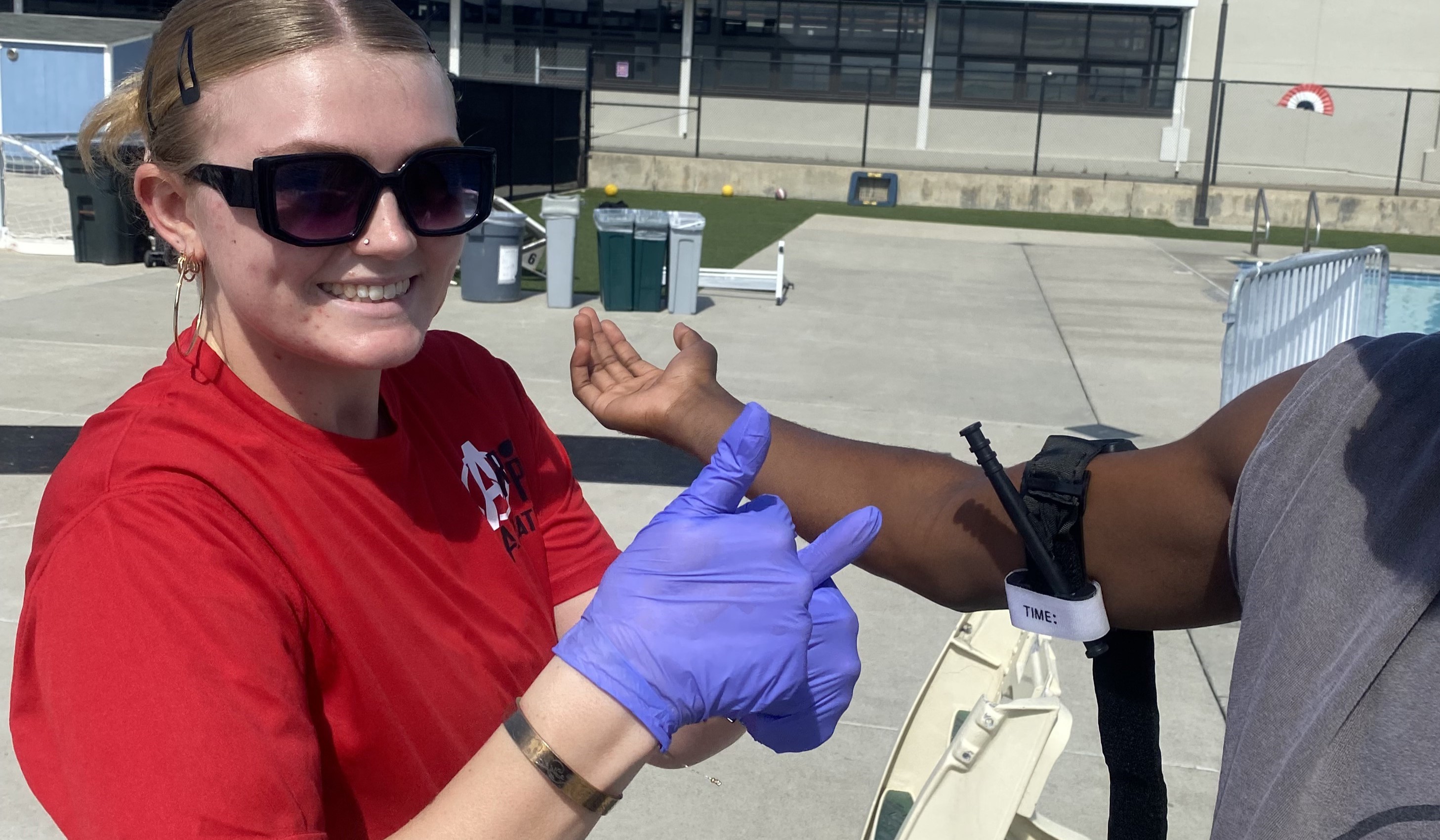A number of years ago I met up with Skip Phillips to look at a few projects he had going on in Colorado. Phillips is a pool builder and co-founder of the Genesis 3 Design Group. One sunny afternoon, we drove out to view an all-tile pool he had designed in a glass-walled room attached to the client’s house. The project was complete except for a few minor details and one major one — the water.
It was the first time I had ever seen an all-tile pool in person. I remember standing there and just staring at the tiny pieces of glass that flowed effortlessly across curves and around the inside of a circular spa. The installation was flawless — no bumps, uneven lines or trimmed rows to break the perfect visual rhythm. Light poured in through the walls, making the blue tile shine with a hue somewhere between sapphire and robin’s egg. That particular shade is my favorite color. I call it the good blue.
Looking at the beauty of that tiled pool gave me an almost physical thrill, and at that moment I would have handed over all the cash in my wallet to see it filled with water. Though it’s been a number of years, I never forgot the impression that project made. So when senior editor Rebecca Robledo suggested we publish an in-depth, two-part series on installing glass tile, I jumped at the idea. Skip’s project was an example of tile that’s been set properly.
Sadly, not every pool turns out this well. A few key errors, especially in planning and craftsmanship, can ruin the effect. The first part of our series discusses how to prepare a concrete surface so that all unforgiving pieces of glass will lodge with perfect symmetry around curves and corners. It starts here. Part 2, scheduled to appear Feb. 29, will discuss the actual placement of the glass. The package is rounded out by detailed photographs depicting the process. Enjoy!


